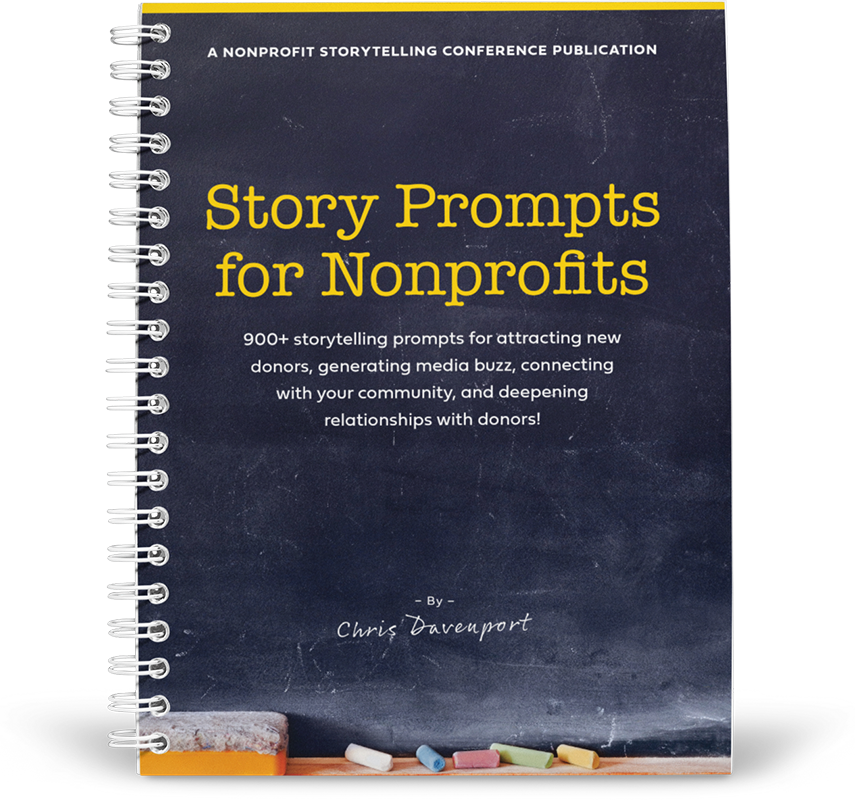Effective storytelling is a powerful tool in the world of fundraising. It has the ability to connect donors emotionally to your cause, making them more likely to contribute and support your organization. In this blog post, we’ll explore the art of crafting a compelling fundraising story that captivates your audience and inspires action.
1. Understanding Your Audience:
Before crafting your story, it’s crucial to understand your audience. What motivates them? What values do they hold dear? Tailor your narrative to resonate with your target donors, creating a connection that goes beyond financial contributions.
2. Start with a Strong Hook:
The opening of your story is your chance to grab attention. Start with a compelling hook that sparks curiosity, emotion, or a sense of urgency. Whether it’s a personal anecdote, a startling fact, or a thought-provoking question, make sure it resonates with your audience.
3. Focus on Impact:
Shift the spotlight from your organization to the impact your donors can make. Describe the tangible outcomes and changes that their contributions will bring about. Help them visualize the positive difference they can make through their support.

Humanize Your Story:
People connect with people. Personalize your narrative by introducing relatable characters or sharing real stories of individuals impacted by your organization’s work. This human touch adds authenticity and emotional depth to your fundraising appeal.
5. Be Transparent and Authentic:
Honesty builds trust. Be transparent about your organization’s challenges and how donor contributions will directly address those challenges. Authenticity fosters a genuine connection, making donors feel like valued partners in your mission.
6. Create a Compelling Narrative Arc:
Craft your story with a clear beginning, middle, and end. Establish the problem or need, build tension by outlining the obstacles, and resolve the narrative with the transformative power of donor support. A well-structured story keeps readers engaged and invested.

7. Use Descriptive Language:
Paint a vivid picture with your words. Use descriptive language to evoke emotions and create a sensory experience for your audience. Help them see, feel, and empathize with the situations presented in your story.
8. Incorporate Visual Elements:
Enhance your storytelling with visual elements such as images, infographics, or videos. Visuals not only break up the text but also provide a compelling visual representation of your organization’s impact.
9. Showcase Success Stories:
Include success stories or testimonials from individuals whose lives have been positively impacted by your organization. Real-life examples add authenticity and demonstrate the concrete results of donor contributions.
10. End with a Strong Call to Action:
Conclude your story with a clear and compelling call to action. Guide readers on how they can contribute, whether it’s making a donation, volunteering, or spreading the word. Make it easy for them to take the next step in supporting your cause.
Conclusion: Mastering the art of crafting a compelling fundraising story is a valuable skill that can elevate your organization’s impact. By understanding your audience, creating emotionally resonant narratives, and being transparent and authentic, you can inspire donors to become enthusiastic advocates for your cause. Use the power of storytelling to make a lasting impression and drive meaningful support for your organization.





